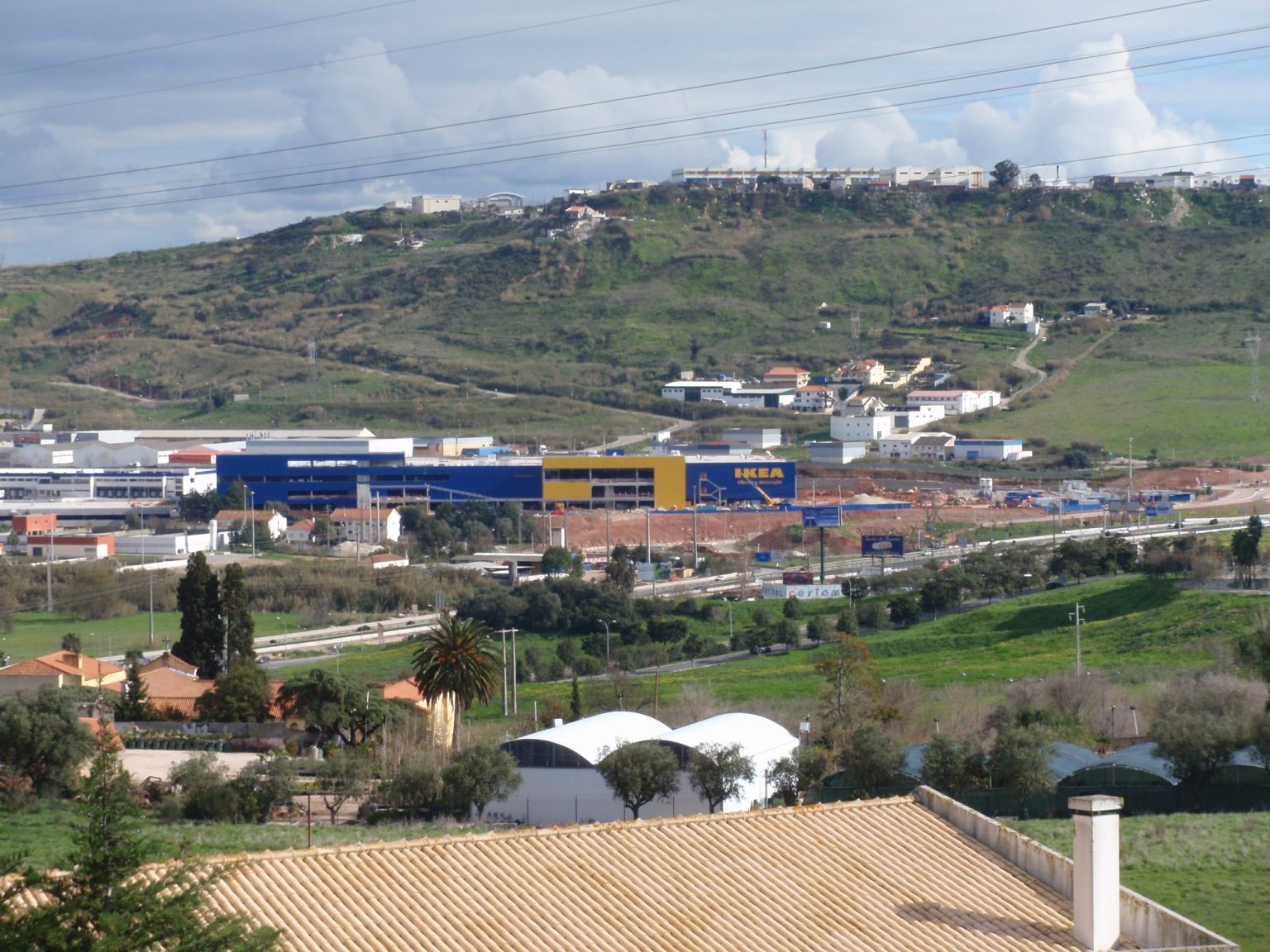Some years ago the British Ministry of Defense asked its strategic military institute about conflicts that the world will face in thirty years. The rather surprising result was that the UK military was afraid of the rise of neo-Marxists in the global middle class. Their rather bleak vision also included the warning that by 2037 more than 60% of the world’s people will be squeezed into urban sprawls – The Planet of Slums. This will be accompanied by increasing hardship, unemployment and mass infuriation leading to a social explosion.
British military strategists feared that the middle classes could become a revolutionary class and assume the role that Marx intended for the proletariat. Torn between growing social impoverishment, on the one hand. and the shameless life of the super-rich, on the other, the global knowledge, working, and service elites could unite to form a powerful alliance of interests. This new class would then fight for their own interests against capitalism and the super-rich.
These super-rich signify wealth concentrations. Over the period of neoliberalism, the rich have become richer and richer. Secondly, there is also a class problem and the question of whether a new ruling class has been formed on the basis of these accumulation processes. Thirdly, this is also a question of whether in our time neoliberalism has turbo-charged the process of a new kind of wealth-structure. This new super-rich ruling class is based on a network, a network best described as the new Global Money Making Apparatus or GMMA. In Europe – and elsewhere – it consists of five groups with similar interests:
1) a dynastic elite based on wealth inherited over generations;
2) a European nobility still end owed with inherited wealth;
3) a new accumulation wealth based on technical, financial and consumption-strategic innovations;
4) the oligarchs raised by corrupt privatization practices; and finally,
5) the mafia billionaires.
In the background lurks the question of which capitalism we are actually still talking about. The US model of capitalism that dominates the world has undergone two changes. First, the state-regulated stakeholder capitalism introduced by the New Deal was replaced by a new model of corporate capitalism under the ideology of neoliberalism. Secondly, this model is no longer about the well-being of employees. Instead, it is about increasing the value of shareholders in the short term.
This has direct consequences engineered through the constant pressure to cut workers’ wages and other entitlements. In some cases, this has led to the theft of pensions and other so-called white collar or corporate crimes as well as corporate lobbying in favor of lowering taxes that severely restricts governments in their public functions, a phenomenon recently shown in the health crisis during the Coronavirus pandemic.
Whatever income figures are used as empirical evidence, we are dealing with rising inequalities. Since the 1990s, the increased ownership of private wealth has assumed dizzying dimensions in Europe and elsewhere. While in 1982 the hundred richest Europeans were worth an average of $230 million each, their average wealth in 2005 was ten times that, namely $2.6 billion. Since 2005, the gap has widened. Merrill Lynch’s World Wealth Report tells the story. Its report divides the rich into two groups:
1) High Net Worth Individuals (HNWIs) and the
2) Ultra High Net Worth Individuals (UHNWIs).
By the year 1996, there were about 4.5 million HNWIs with $16 trillion of individual wealth. By 2019, there were five times as many – twenty million – HNWIs with $74 trillion of individual wealth. At the same time, the World Bank reports that “more than 40% of the world’s population – almost 3.3 billion people – live below the $5.50 a day [poverty] line”. This is what President Biden’s speech to the joint-session of Congress in early May 2021 attempted to address – but he was only concerned with the super-duper rich corporations and individuals paying their fair share, not with dismantling a whole international conglomerate of capital.
The conclusion from all this is frighteningly simple: under the banner of neoliberalism, a new GMMA has emerged. It features entrepreneurial property; generational income from all possible sources (especially the financial markets); inheritance but also plain daylight robbery, corruption, bribery, fraud, etc. It brings all these into a coordinated network-like connection – the GMMA. In it, traditional business assets in the form of small and large companies are engaged in transactions with liquefied business assets generating large revenues.
The structural basis of these financial assets and liquefied operating assets must be secured. For this reason, the importance of utility in the luxury segment is growing for the layers of the super-rich. Luxury consumption serves to secure a socio-cultural status. Conspicuous consumption describes the power and domination of certain lifestyles. Especially in Europe, the agglomeration of luxury properties in certain districts and in certain areas (coasts, islands, micro-states such as Monaco, etc.) can be illustrated well and over historically long distances.
Super-rich mobility has also always been a field of conspicuous consumption. It came via horse-pulled carriages to shiny Bentleys to arrive at the private jet. In addition to the countless Gulfstream jets, there are about fifty private Boeing 747s and 777s owners. This is an aircraft that normally carries four hundred passengers. Mega-motor yachts are experiencing an unprecedented construction boom, their size is increasing rapidly, acquisition costs, consumption and mooring fees are astronomical and so is the prestige effect and the possibility of generating network and dependency effects on board.
The art market also plays a special and especially subtle role in the field of conspicuous consumption. Today, an inconspicuous private man, never seen before in these circles (e.g., a Russian oligarch) at a Sotheby auction can sell a Picasso for $95.2 million, a Monet for $5 million and then quickly flogs off a Chagall for a mere $2.5 million dollars. Behind all this is a wealth culture existing in an environment of the digital GMMA. Cultural capital, in the sense of Pierre Bourdieu, has become functionalized for the expansion of GMMA.
Meanwhile, elite universities are reserved for the children of the rich. At the same time, some are told to get hold of one of the sparsely sown scholarships eventually to take up a mid-level service positions supporting GMMA. The rest who want to learn have to get into debt. American university graduates are now leaving their university with hefty debts. The same is true of the UK and Australia. In all three countries the specter of debt has prompt young people to abandon higher education, seen as an unaffordable luxury good. This is what the ideology of neoliberalism and its entourage of politicians set out to achieve. And they have.
Ultimately, however, the importance and function of cultural capital for the moneyed elite is not expressed in individual educational careers. Really great wealth is created by networks of culture and money. Some of these networks are reminiscent of the courtly societies of feudalism. Today, cultural capital also reappears in the form of an entourage of educated, cultivated, scientifically specialized advisors, etc.
At the same time, formal and informal educational assets have become asset-effective only when they lead to the cultivation of GMMA as a whole. This is the new wealth culture. Virtually, the same applies to the social capital of the moneyed elite. Undoubtedly, an individual habitus acquired in familial and trans-familial milieux plays an important role in the self-organization of the cash-based elite. For an occupational leadership positions in the economy (e.g., a CEO), is not, as is repeatedly emphasized, their performance that counts; but instead, the class-specific habitus of a candidate aspiring to such a role.
On the other hand, such social competence does not necessarily have to be concentrated directly in a person or family. Rather, it is a feature of a new class – a class that represents the Global Money Making Apparatus or GMMA. Many who can afford social trainers, image consultants or even just bodyguards have the social capital to become part of GMMA. These are the agents of money power. They are the moneyed elite followed by their entourage of servants.
They are part of a system that has liberated itself from the old commodity form of factories, machinery, etc. Modern accumulation takes place primarily in the form of financial deals. This phase of financial expansion of capitalism has been greatly supported by science (algorithms, etc.) and computerization. Its power has further enhanced techniques of domination. Much of this was previously unknown.
Today extremely cheap computing capacities and statistical techniques allow the processing of large amounts of economic, consumer and social data and thus a screen of a society for the specific economic interests of GMMA. This gives an entire new context to the old talk of the rule of technocrats. Yet the centralization of power and the extreme shortening of the time horizons in corporate management has led to an increase in the number and importance of the experts.
Today’s communication and information experts have become a new class adjacent to the moneyed elite but always in support of GMMA. The moneyed elite in the current cycle of financial expansion embodies the liberation of large amounts of money from the commodity form. The new monetary elite is able to bequeath monetary values in a variety of ways. This is basically a process based on the fact that money can be used not only to make more money, but also to do everything.
The 26-year-old Karl Marx described the power of money in his Philosophical and Economic Manuscripts of 1844. In this respect, super wealth creates a completely detached but very capable social stratum which puts all the means into the hands of the knowledge and information society in order to establish itself as a new center. Their power base is GMMA. And its essence is a new form of sovereignty. Around this new center are further groups and layers which are arranged like rings. These work towards the power of money while simultaneously also depending on it.
The group and financial elites, the top managers of the various economic sectors, are certainly the closest to the much-moneyed elite. These groups act as specialists in the utilization of capital and the safeguarding and expansion of accumulation possibilities. Some of them rise into the real moneyed elite themselves. In terms of their financial circumstances, they definitely belong to the previously mentioned HNWIs. Their rank, however, depends on their loyalty to their respective masters. These are the big investors, hedge funds manipulators and shareholders. Despite this, they do not necessarily have a unified strategic consciousness.
That small difference separates them ideologically from the traditional capitalist class. What unites the people of the GMMA is the maxim of short-term profit increases on the basis of the neoliberal ideology. Each sector circles our planet as the rings of Saturn do far away the solar system. The next functional Saturn-like ring is formed from the specialists in the distribution of wealth – the political élites. From the point of view of GMMA, all parliaments, all governments, all social and economic institutions, as well as the corporate mass media, have the single important function of supporting the distribution of wealth from bottom to top. This is exactly what we see and this is exactly what signifies the new GMMA – the global money making apparatus.









